Rock Quillwort,
Mueller's Quillwort
Display all 8 images
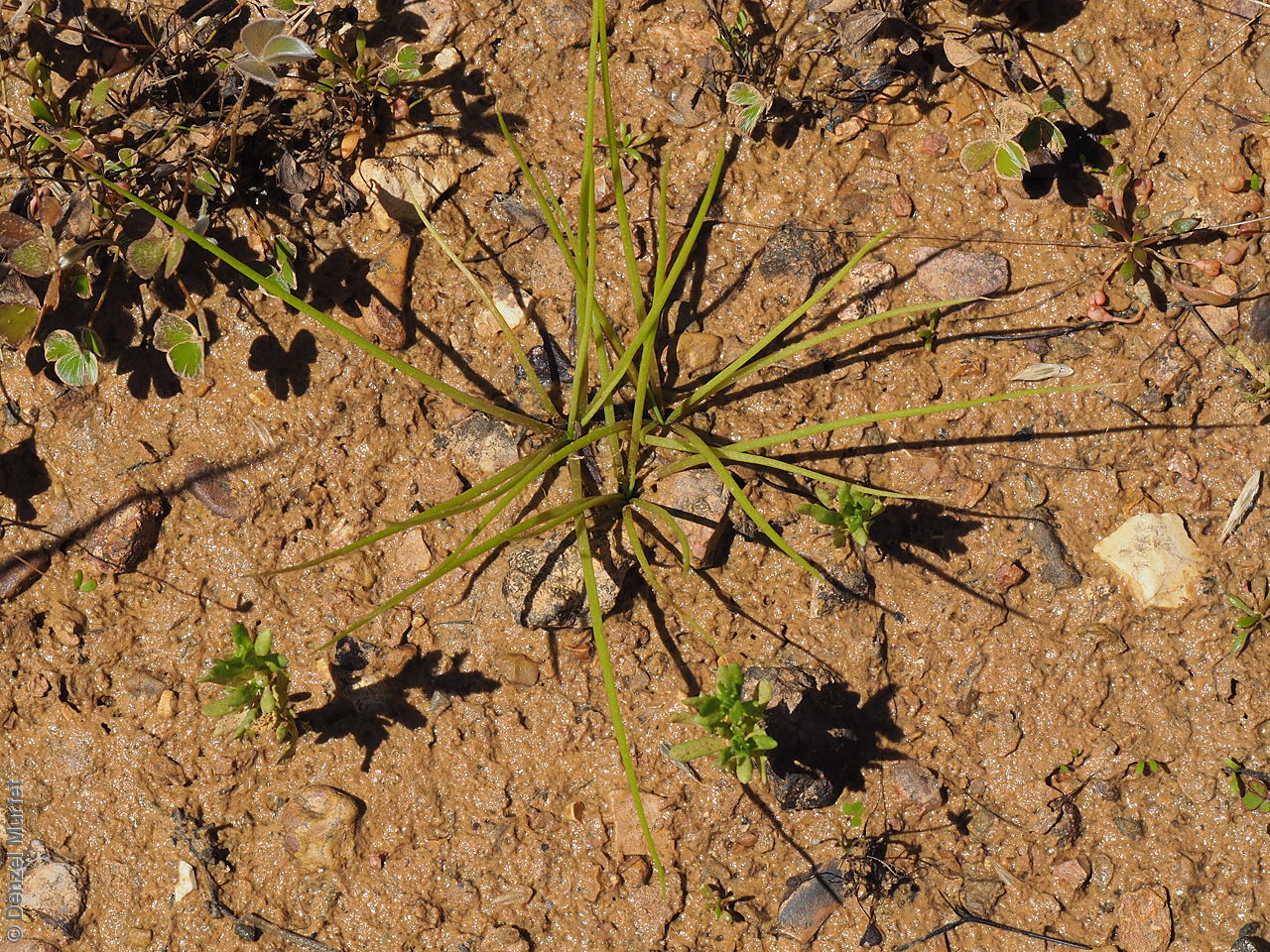
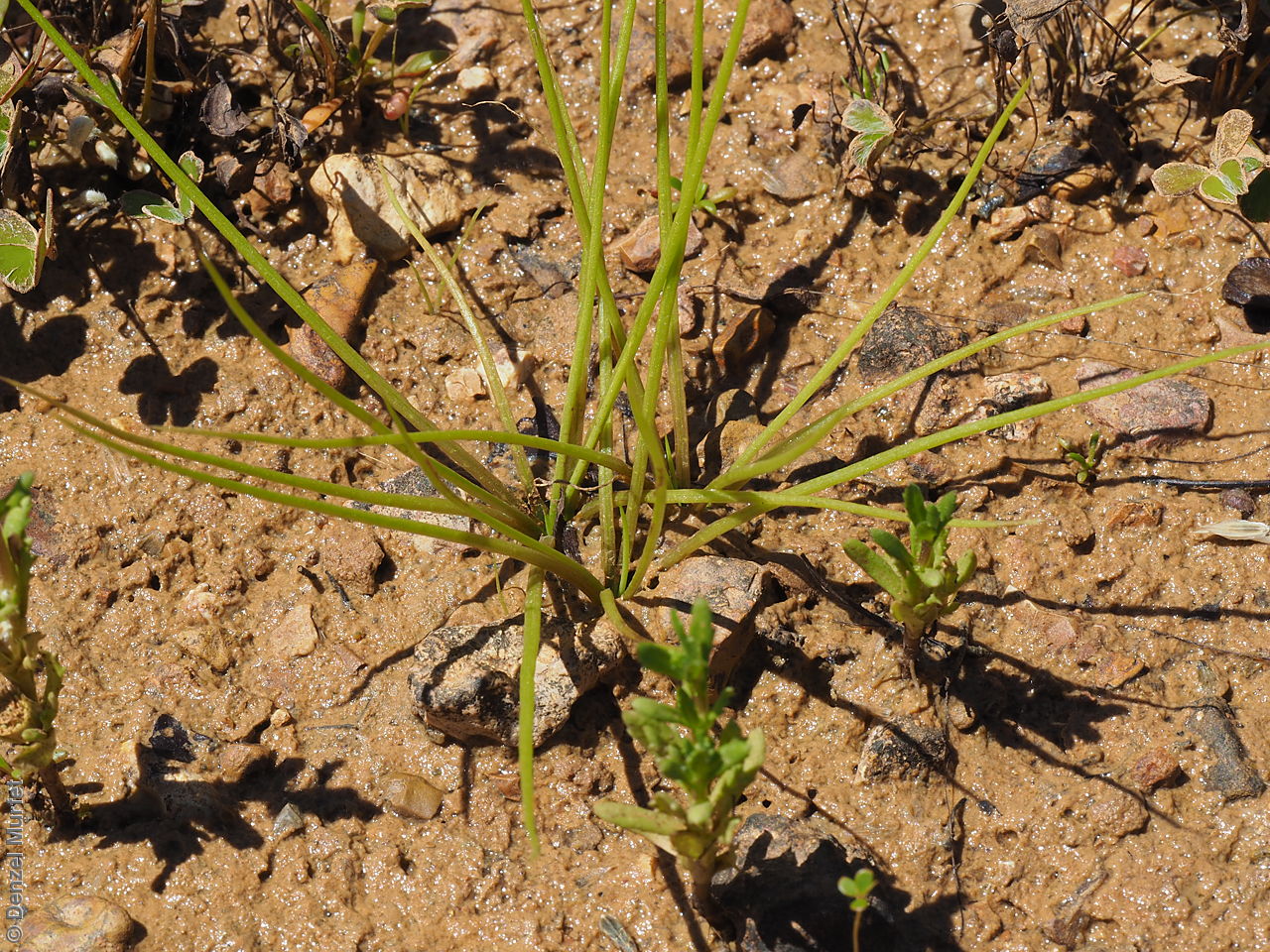
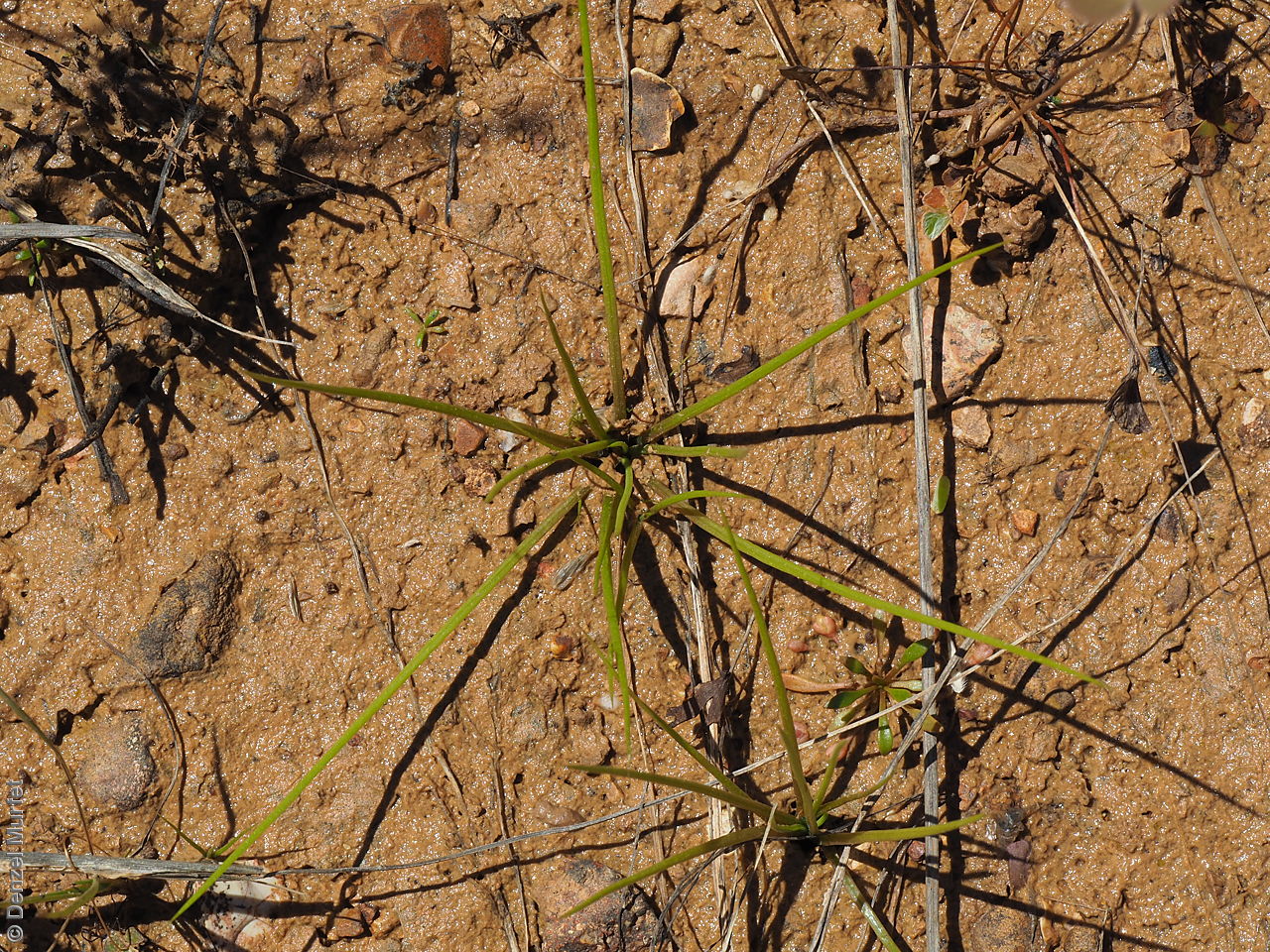
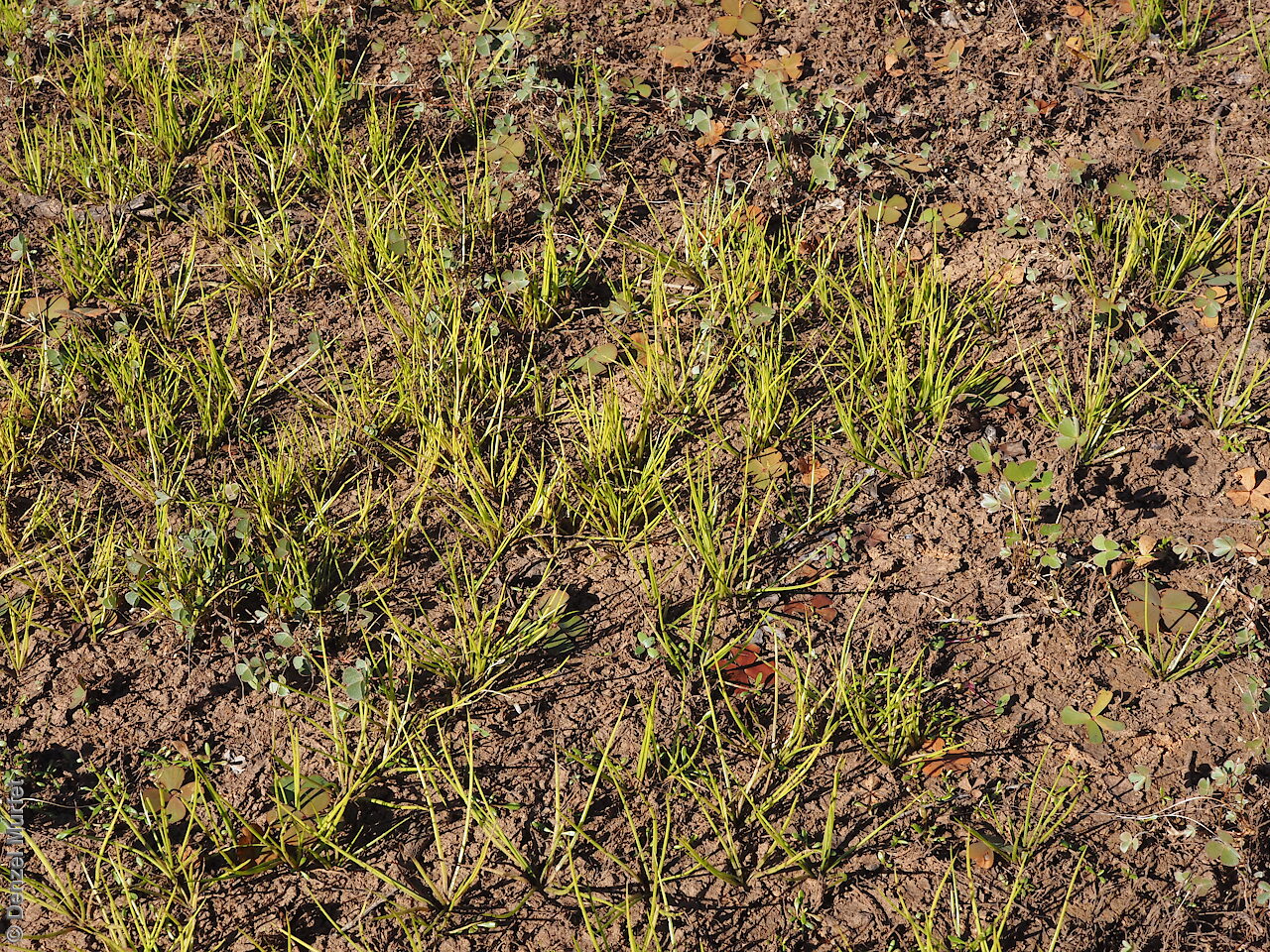
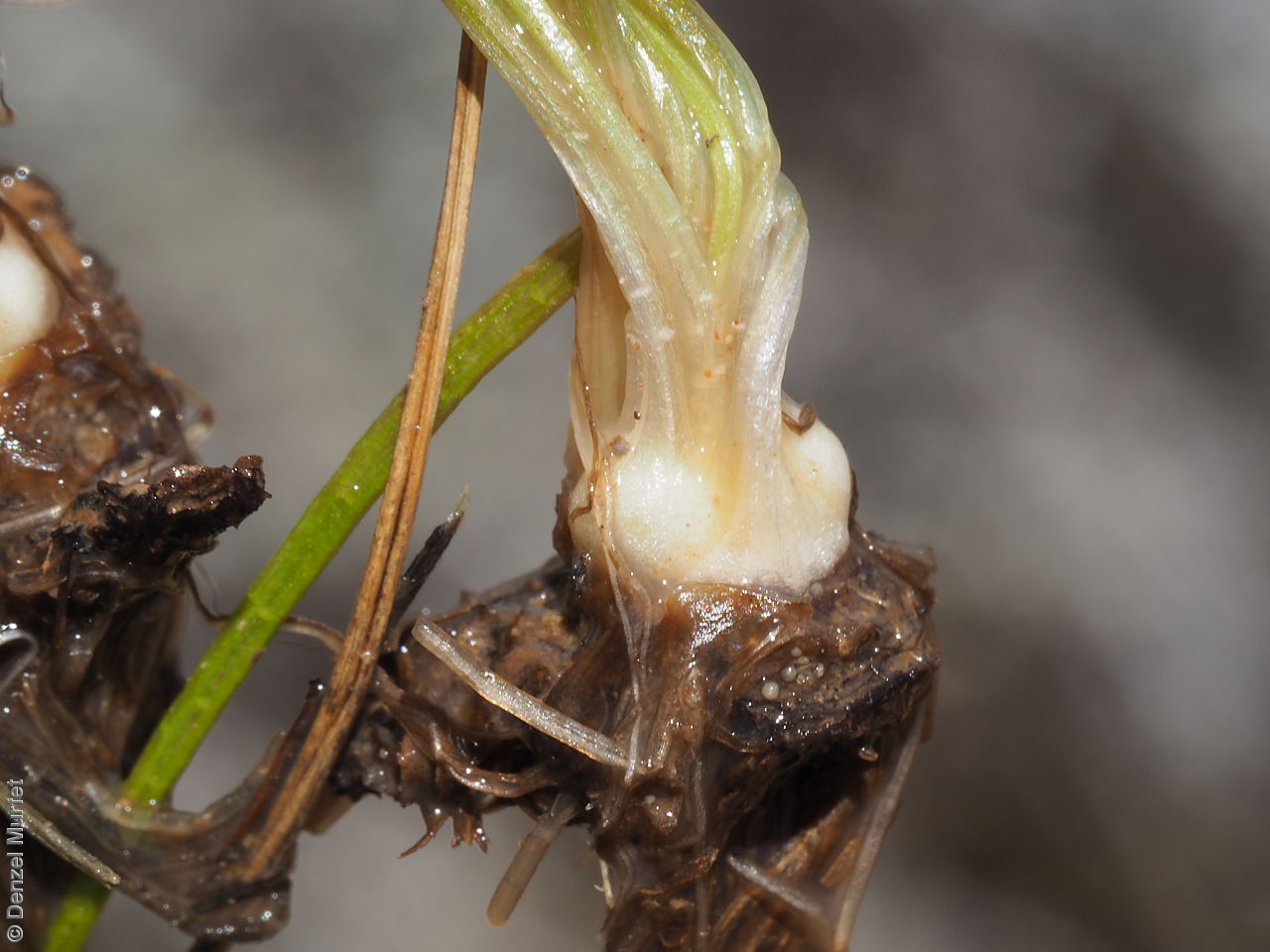
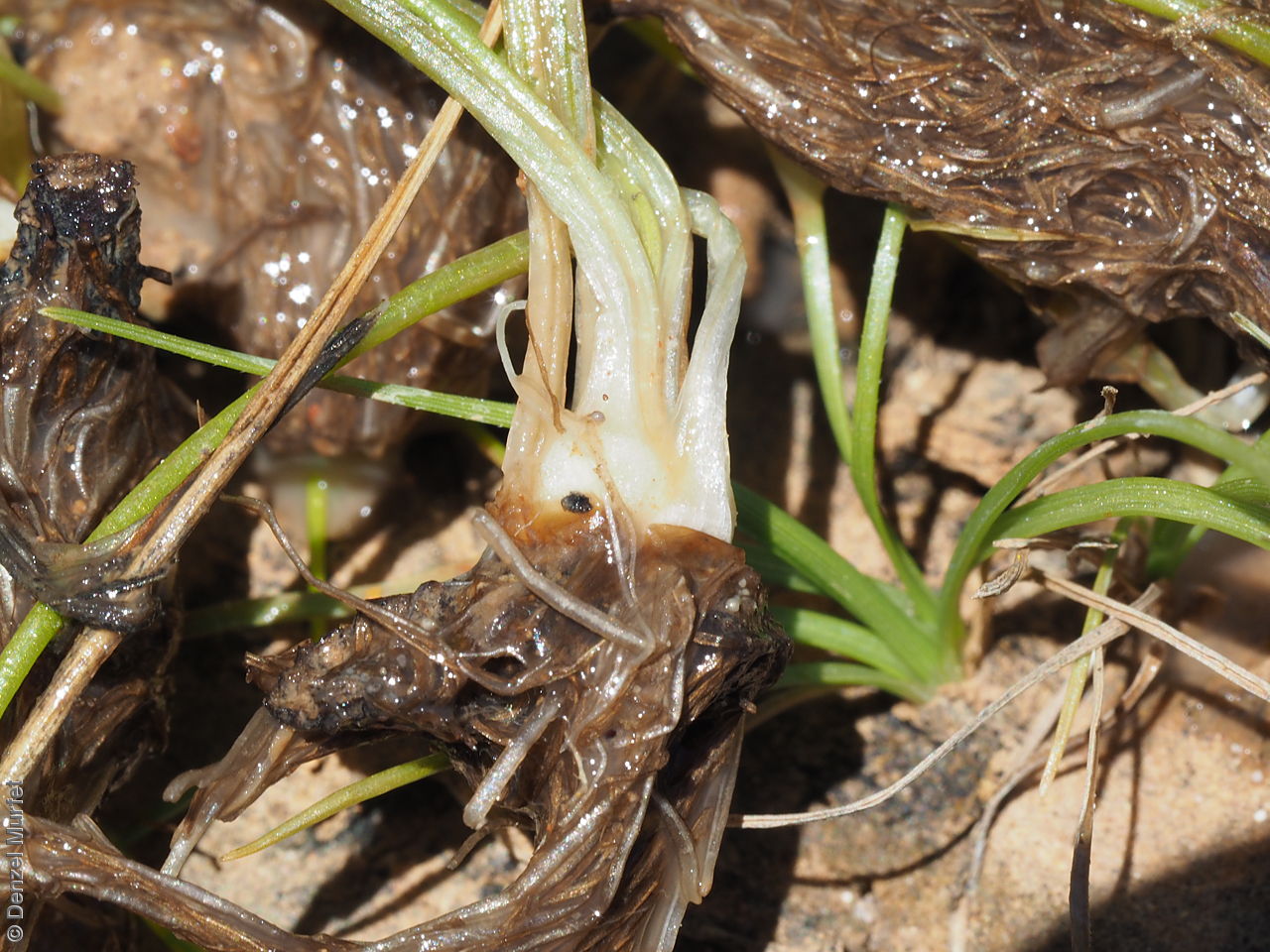
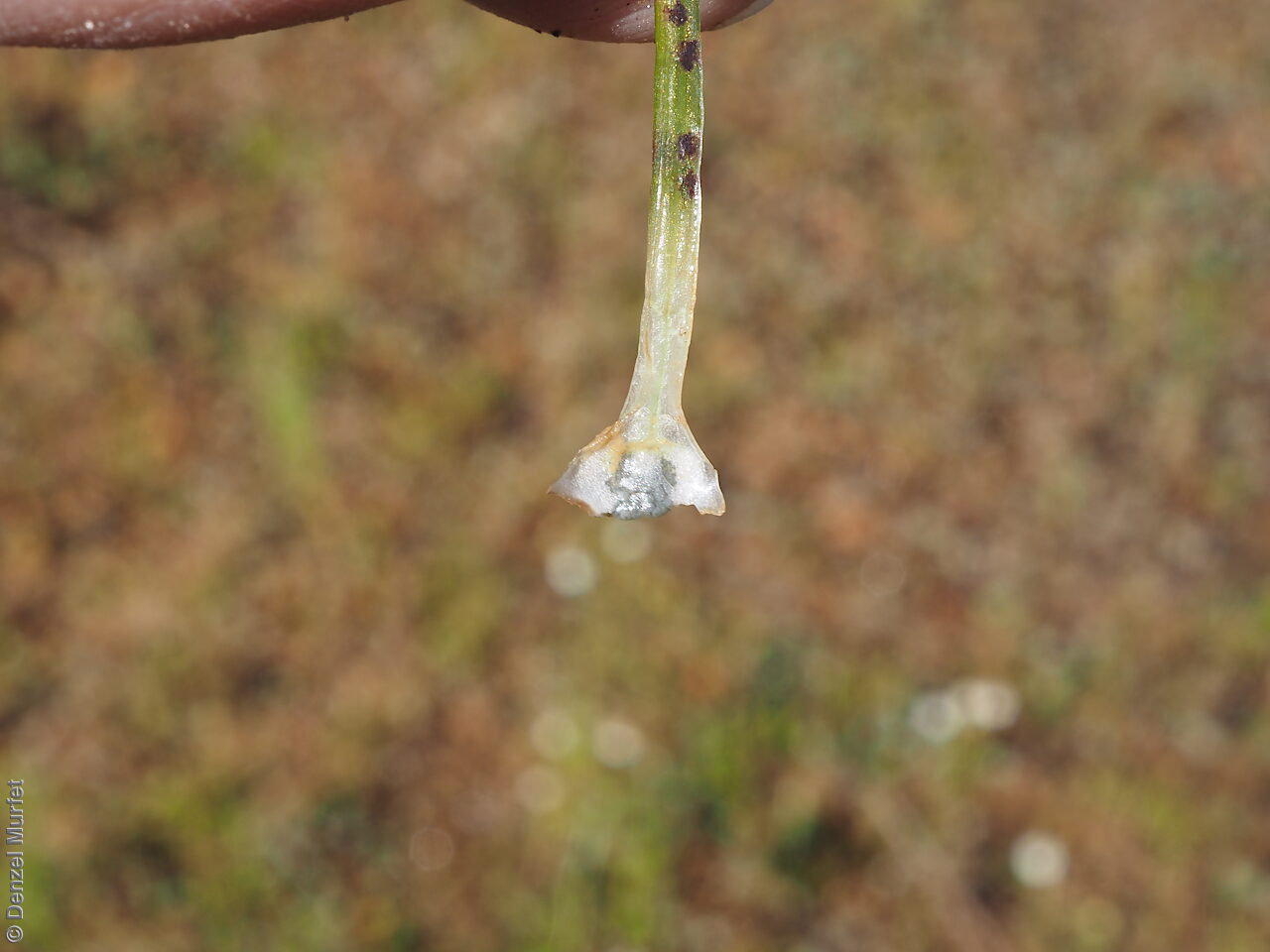
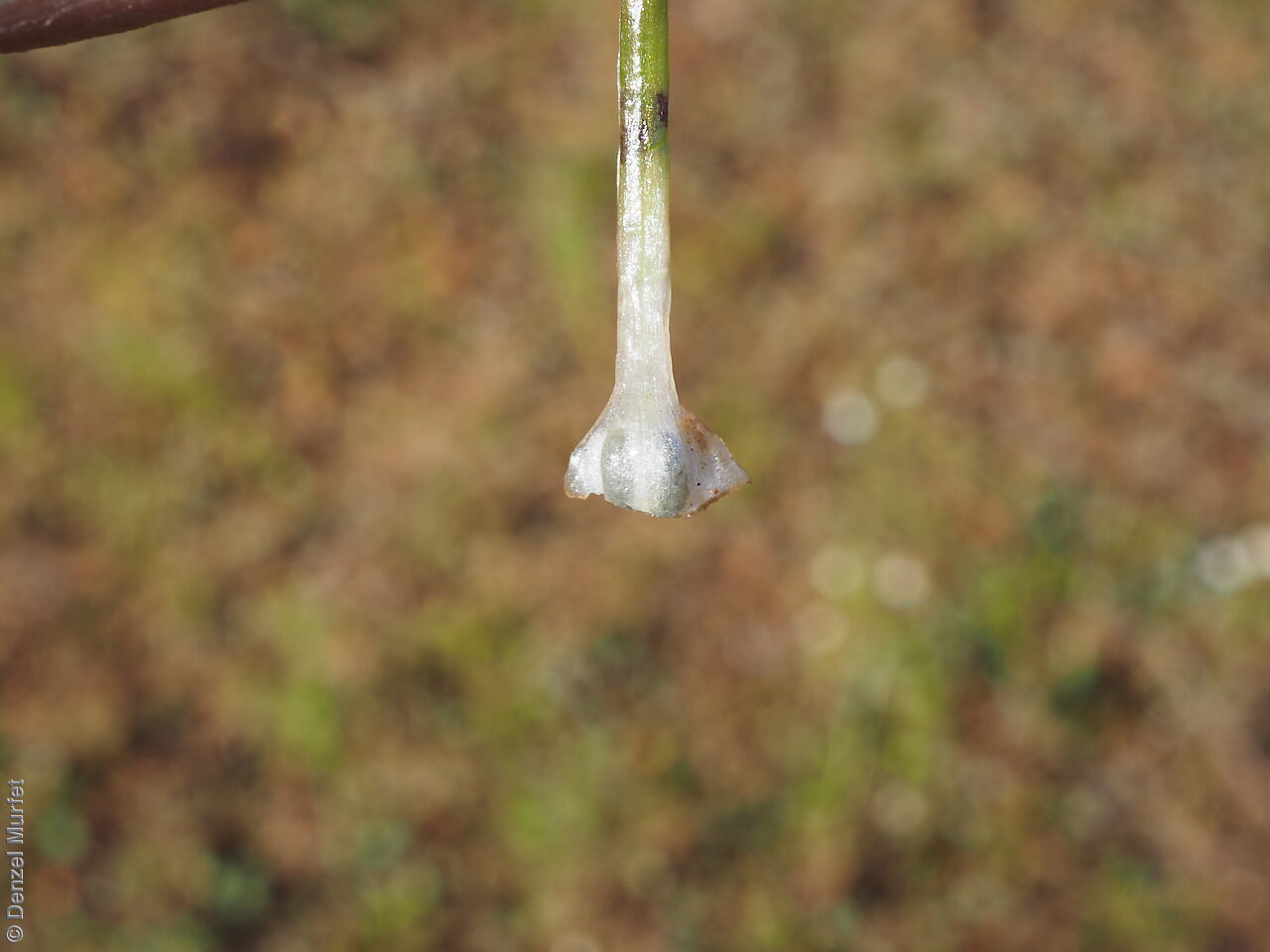
Regional Species Conservation Assessments per IBRA subregion.

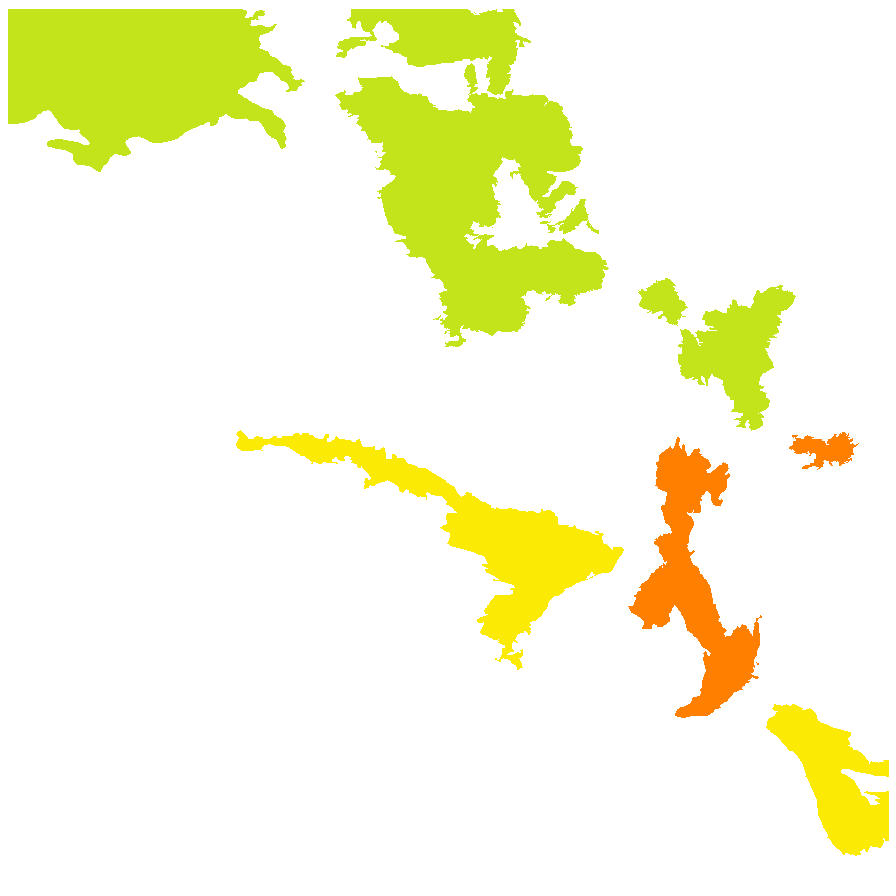
Least concern
Near threatened
Rare
Vulnerable
Endangered
Critically endangered
Extinct
Data deficient
Adelaide
Arkaroola
Ceduna
Coober Pedy
Hawker
Innamincka
Marla
Marree
Mount Gambier
Oodnadatta
Renmark
Wudinna
Keith
Yunta
Display IBRA region text
| Lucindale (NCP03) | Naracoorte Coastal Plain | Vulnerable (IUCN: VU D2) |
| Tintinara (NCP04) | | Vulnerable (IUCN: VU D2) |
| Fleurieu (KAN02) | Kanmantoo | Endangered (IUCN: EN B2ab(i,ii,iii)) (Probable Decline) [on red-gum flats; habitat quality declined] |
| Mount Lofty Ranges (FLB01) | Flinders Lofty Block | Endangered (IUCN: EN B2ab(i,ii,iii)) (Probable Decline) [no vouchered records; on red-gum flats; habitat quality declined] |
| Southern Flinders (FLB04) | | Endangered (IUCN: EN D) (Definite Decline) |
| Northern Flinders (FLB05) | | Near Threatened [undercollected, only appears after rain/floods; mostly ephemeral; uncommon] |
| St Vincent (EYB02) | Eyre Yorke Block | Endangered (IUCN: EN D) (Definite Decline) |
| Eyre Hills (EYB03) | | Vulnerable (IUCN: VU D2) [probably undercollected, deciduous] |
| Eyre Mallee (EYB05) | | Vulnerable (IUCN: VU D2) [probably undercollected, deciduous] |
| Wimmera (MDD05) | Murray Darling Depression | Vulnerable (IUCN: VU D2) |
| Kintore (GVD04) | Great Victoria Desert | Near Threatened [undercollected, only appears after rain/floods; mostly ephemeral; uncommon] |
| Bimbowrie (BHC05) | Broken Hill Complex | Endangered (IUCN: EN D) (Definite Decline) |
| Breakaways (STP01) | Stony Plains | Near Threatened [undercollected, only appears after rain/floods; mostly ephemeral; uncommon] |
| Oodnadatta (STP02) | | Near Threatened [undercollected, only appears after rain/floods; mostly ephemeral; uncommon] |
| Witjira (STP06) | | Near Threatened [undercollected, only appears after rain/floods; mostly ephemeral; uncommon] |
| Baltana (STP07) | | Near Threatened [undercollected, only appears after rain/floods; mostly ephemeral; uncommon] |
| Mann-Musgrave Block (CER01) | Central Ranges | Near Threatened [undercollected, only appears after rain/floods; mostly ephemeral; uncommon] |
| Watarru (CER02) | | Near Threatened [undercollected, only appears after rain/floods; mostly ephemeral; uncommon] |
| 2 of 4 subregions | Naracoorte Coastal Plain | Vulnerable |
| Fleurieu (KAN02) | Kanmantoo | Endangered (IUCN: EN B2ab(i,ii,iii)) (Probable Decline) [on red-gum flats; habitat quality declined] |
| 3 of 6 subregions | Flinders Lofty Block | Near Threatened , Endangered |
| 3 of 5 subregions | Eyre Yorke Block | Vulnerable , Endangered |
| Wimmera (MDD05) | Murray Darling Depression | Vulnerable (IUCN: VU D2) |
| Kintore (GVD04) | Great Victoria Desert | Near Threatened [undercollected, only appears after rain/floods; mostly ephemeral; uncommon] |
| Bimbowrie (BHC05) | Broken Hill Complex | Endangered (IUCN: EN D) (Definite Decline) |
| 4 of 7 subregions | Stony Plains | Near Threatened |
| 2 of 3 subregions | Central Ranges | Near Threatened |
Botanical art
Kath Alcock paintings: 8
Prior names
Isoetes humilior
Common names
Rock Quillwort
Mueller's Quillwort
Etymology
Isoetes, from the Greek 'isos, meaning alike and 'etos', meaning year, referring to the submerged species remaining evergreen throughout the year. Muelleri, named after Baron Ferdinand von Mueller (1825-1896), botanist, plant collector and Government Botanist of Victoria.
Distribution and status
Found scattered across South Australia along a band from the north-western corner to the south-eastern corner, growing submerged in rock pools, slow-moving streams and small lakes, where its growth can continue year-round, or in damp soil near temporary water, growing from late autumn to spring. Also found in all States. Native. Uncommon in South Australia. Uncommon in New South Wales. Common in the other States.
Herbarium regions: North Western, Lake Eyre, Flinders Ranges, Eastern, Eyre Peninsula, Northern Lofty, Southern Lofty, South Eastern
NRM regions: Adelaide and Mount Lofty Ranges, Alinytjara Wilurara, Eyre Peninsula, Northern and Yorke, South Australian Arid Lands, South East
AVH map: SA distribution map (external link)
Plant description
Leaves erect or somewhat lax, to 30 cm long; apex narrowly cylindrical, gradually wider towards the base, with the base abruptly wider; flattened, loosely overlapping, spoon-shaped, lateral margins pale and papery. Spore structure (sporangia), orbicular to elliptical, to 6 mm long; wall pale, thin. Megaspores are found in the outer leaves; whitish-grey, dimorphic, variable in size and ornamentation; larger spores almost spherical, smaller spores flatter, almost hemispherical, with surface markings on all spores rounded (not angular); few tubercles, markings sometimes absent. Microspores absent; inner leaves sterile. Fruits are megaspores found in the hollow leaf base of the outer leaves. Seeds are white-grey megaspores.
Seed collection and propagation
Check to seed if the plant has any spores by pulling a leaf out of the ground from the base and looking inside the fat, hollow leaf base for a sack of white-grey megaspores. If present, pull off a few of the leaves and place in a seal paper bags to prevent spores from fulling out. Leave the spores in the paper bag to dry. Then remove the leaf covering carefully to expose the spore sack. Store the spores in an air tight container in a cool and dry place or in a -20oC freezer.









